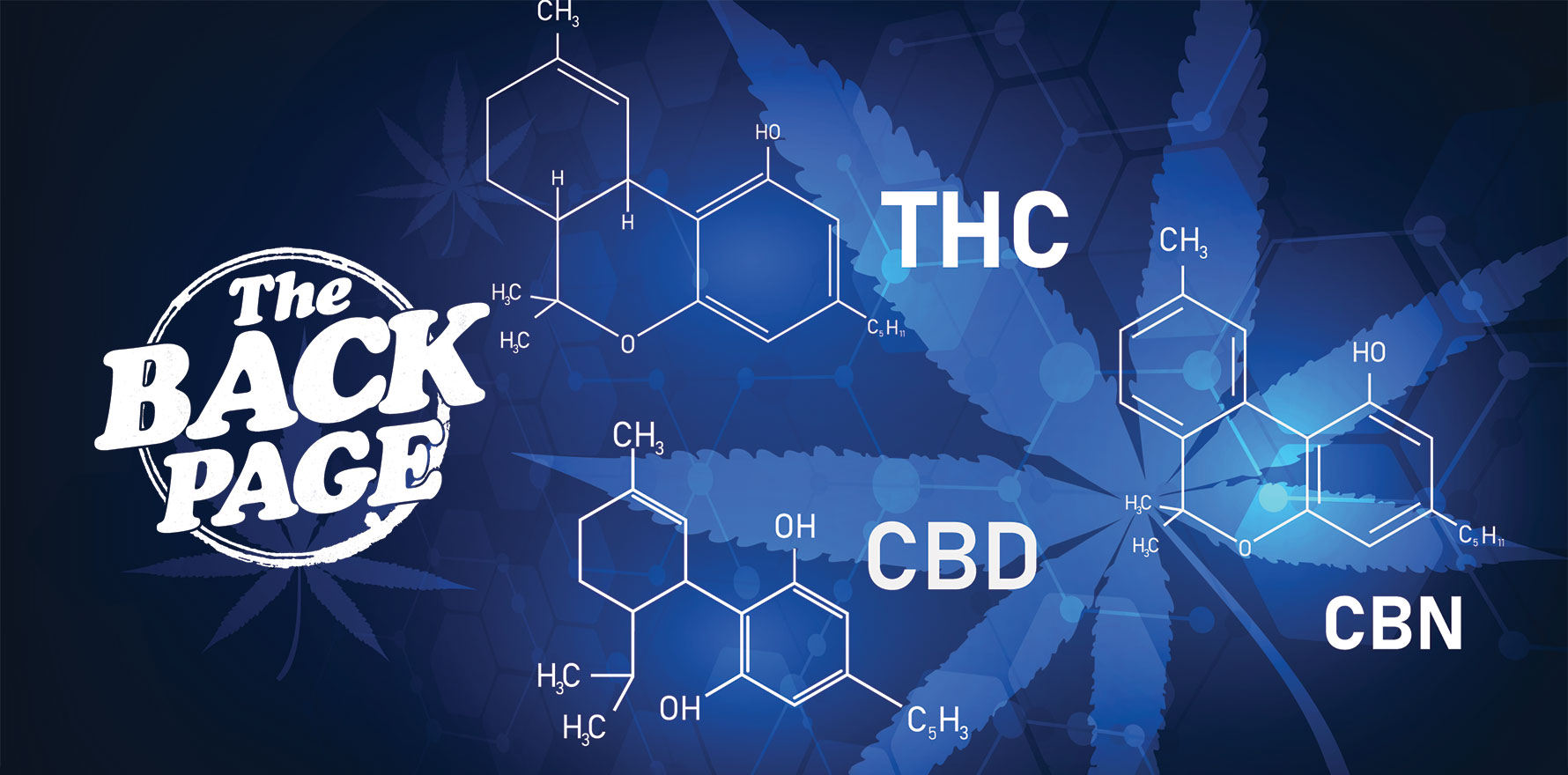The largest trial to date has found no correlation between THC levels and driving impairment.
Since your Back Page scribbler last reported in a serious capacity on medicinal cannabis, prescriptions in Australia have gone through the roof: nearly 300,000 were issued between 2020 and the end of last year, compared with barely 1000 between 2016 and 2019.
But there’s one big roadblock in the form of draconian state and territory drug-driving laws, whose stated goal is to improve road safety by mimicking drunk-driving laws.
The problem is that while clear correlations exists between alcohol consumed, alcohol detectable in breath/saliva/blood and driver impairment, no such clear correlation has been found with THC, the main intoxicant in cannabis.
A large new study out of California reinforces the complete lack of evidence for our police forces’ current approach, which make no exception for prescription-carrying legal consumers of cannabis products.
In this study nearly 200 adult males were randomised to smoke either active drug or placebo. THC and other cannabinoid concentrations in their blood, oral fluid (OF) and breath were measured at four time points.
The subjects also completed driving simulations to test their SDLP (standard deviation of lateral position, i.e. ability to stay in their lane) and coherence (ability to follow another car).
There was no correlation between either of the two driving ability measures and any of the blood, saliva or breath concentrations of cannabinoids.
The researchers also had 11 California Highway Patrol officers, who were trained “drug recognition expert” (DRE) instructors, perform field sobriety tests (FSTs) on the subjects at four time points. If you’re thinking of this:
Then yes, those tests.
At the first time point, they correctly identified 81% of the active drug group as impaired. Unfortunately, they also identified 49% of the placebo group as impaired. Whoops.
By the fourth FST around four hours after consumption, they identified as impaired only 23% of the active drug group, but still 13% of the placebo group.
The authors write: “The complete lack of a relationship between the concentration of the centrally active component of cannabis in blood, OF, and breath is strong evidence against the use of per se laws for cannabis.”
By “per se” they mean arbitrary limits on THC concentrations before a person is automatically deemed impaired, as exist in various US states. In Australia, any detectable amount is enough to get you in serious trouble, and THC is notorious for persisting in trace amounts in the blood for many hours or even days after it was consumed.
“Our results,” they continue, “are consistent with a recent meta-analysis that concentrations of THC are ‘relatively poor indicators of cannabis-induced impairment’. Unlike ethanol, there is no established relationship between blood THC concentrations and simulator driving performance measures … our data confirm that THC concentrations (and/or metabolites/related cannabinoids) in blood, OF, or breath cannot be used as a sole indicator of impairment.”
Victoria, the first state to introduce drug-driving laws, is the first to begin to dismantle them.
Other states might want to put this trial’s results in their respective pipes and smoke them.
Sending story tips to penny@medicalrepublic.com.au will not impair your ability to drive or operate heavy machinery, but will give you a warm buzz.


